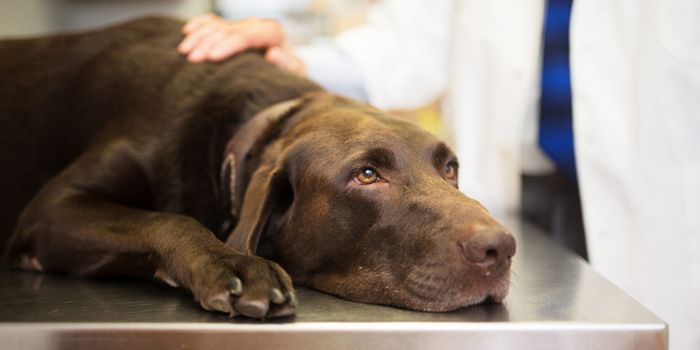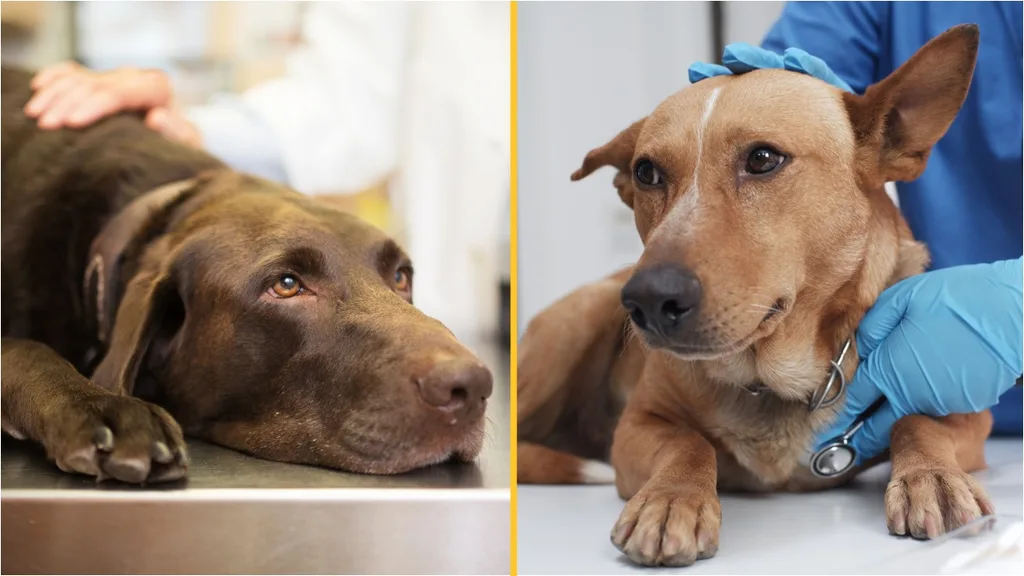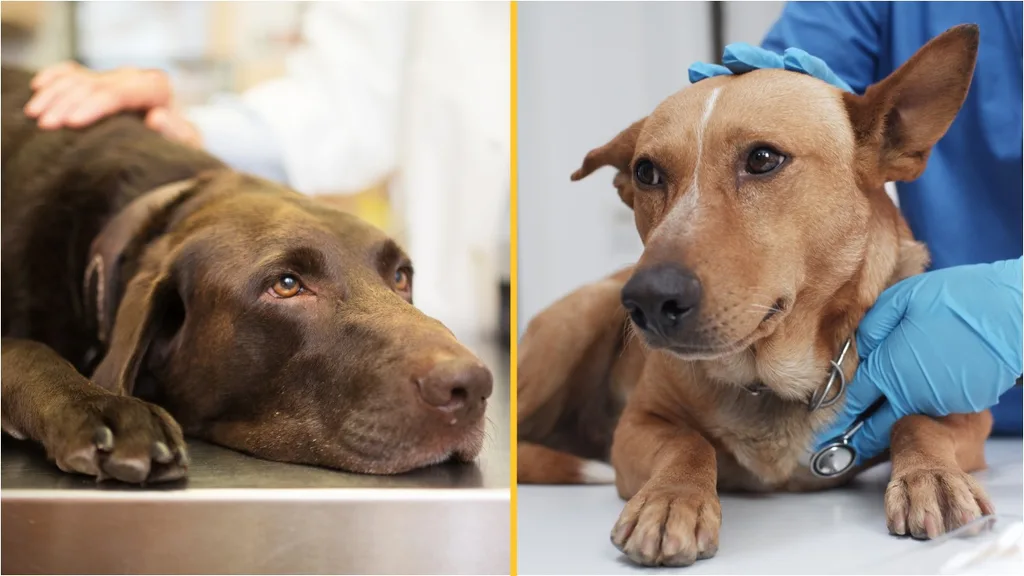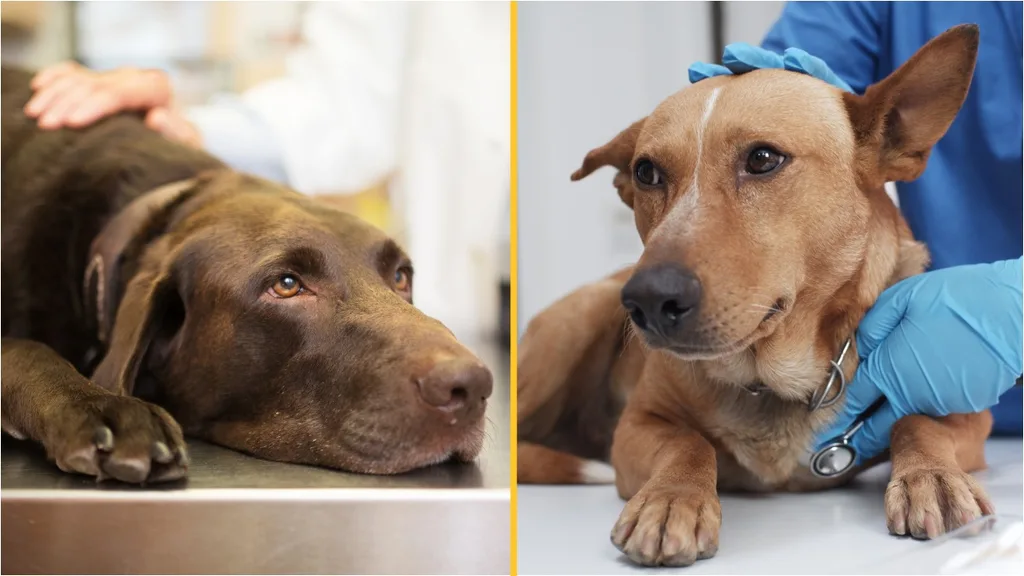The rare condition has been given the nickname ‘Dog’s Black Death’.
Dog-owners in the UK are being told to keep an eye out for symptoms of a rare but lethal disease that can affect any dog, regardless of breed, age or size.
According to Anderson Moores Veterinary Specialists, Alabama Rot has claimed the lives of over 300 dogs in the UK since 2012, and there have already been 10 cases in 2024.
There have been confirmed cases in several parts of the UK, including Alsager, Crewe, Stafford and Cheadle.
The rise in cases in the north of England in recent weeks has been linked to damp weather conditions, and people are being specifically warned to keep an eye on their dogs in muddy places and when walking in wooded areas.
Currently, the disease is incurable and there is no known way to treat it, which makes early identification from owners vital.
If left unnoticed, it can leave your pet with blood clots and skin lesions, which could turn into kidney failure.
There’s an interactive map on the Anderson Moores website which allows you to check if there have been any known cases in your local area.
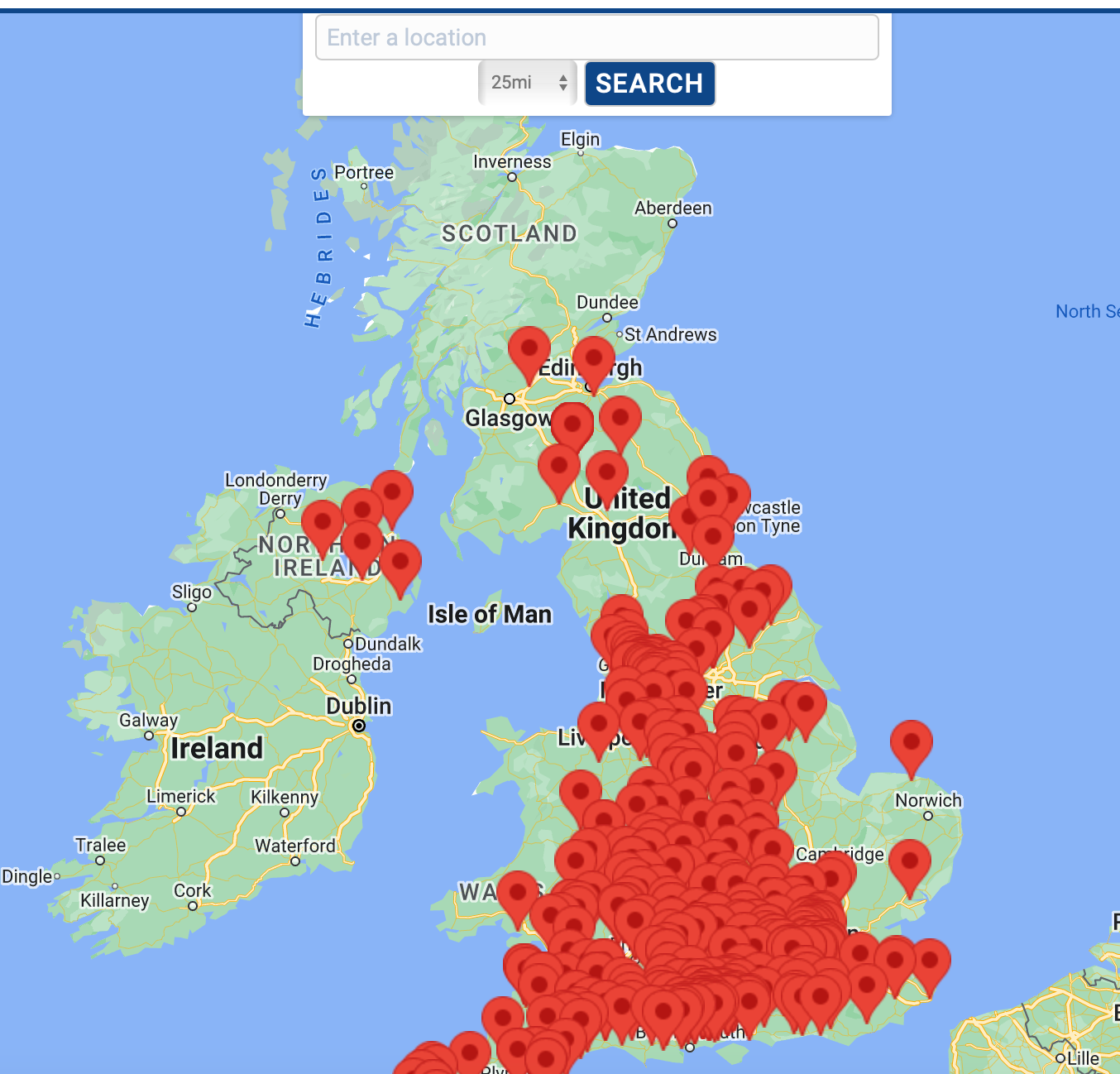
The veterinary specialists also suggest wiping down your dogs muddy paws after a walk and washing them in warm water if possible.
Visual symptoms of the condition may take up to ten days to show, and usually appear as sore-like red patches on the skin.
Other symptoms include a change in appetite, if your dog is drinking a lot more than usual or eating a lot less and vomiting.
If you spot signs of Alabama Rot in your dog, the RSPCA advises taking them to the vet straight away.
Popular TV vet Dr James Greenwood appeared on BBC Morning Live last week to offer some advice to pet owners worrying that their dog may be at risk to the disease.
If the kidneys are affected, regular check-ups with the vet will be necessary.
Sadly, confirmed diagnosis of Alabama Rot can only be achieved post-mortem, through kidney samples – hence, survival rates remain unknown.
